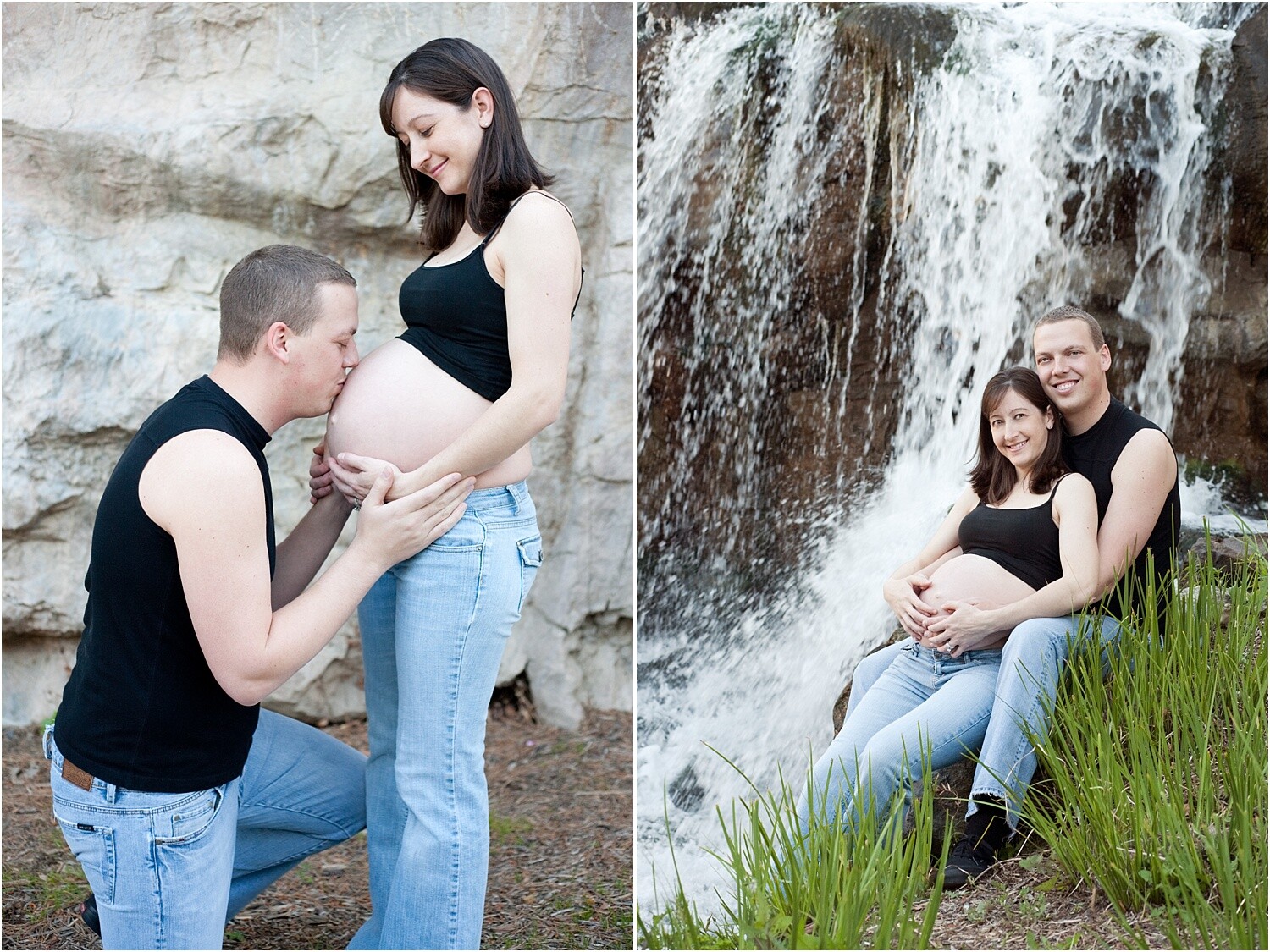The post 10 Tips for Doing Your First Family Portrait Session appeared first on Digital Photography School. It was authored by Louise Downham.

Photographs from a good family portrait session will be treasured for many years to come. It’s an incredibly rewarding area of photography, but it can also be a little daunting for new photographers. You need to build a rapport with the family, keep the children on board, and meet the parents’ expectations with gorgeous photographs.

So where do you start? Which camera settings should you choose?
Here are some important pointers to make your first session go smoothly, and to help you take great family portraits every time!
1. Get down on their level
If you’re photographing children, get down on their eye level. This will lead to far more engaging photographs, and will also help you interact better with the child.

2. Use the center AF point to focus
Different focus settings suit different photographers, but using the center point to focus tends to be the most useful for family portraits. As you take more and more family images, you’ll get a feeling for whether this setting suits you.
But it’s a great starting point for your first session.
3. Choose an appropriate aperture
Your aperture settings will be influenced by the style of photography you prefer.
As a starting point, many lifestyle family photographers choose to shoot wide open for individual portraits (f/2.2 works really well if you’re after beautiful background bokeh), and around f/5.6 for group shots to ensure everyone is in focus.
Here’s an example of the effect you get with a wide aperture:

And here’s what you get when shooting at f/5.6:

4. Choose a fast shutter speed
Children move fast, and sometimes unpredictably.
That’s why you generally want a faster shutter speed, at least compared to your average portrait settings. A good place to start is 1/250s, which will still deliver sharp photos, even if children are rolling over or waving.
If you have a situation where someone is moving very fast, such as a child jumping or racing off into the distance, choose a much faster shutter speed (such as 1/800s).

5. Use Auto ISO
While you’re familiarizing yourself with the apertures and shutter speeds that work for family portrait sessions, consider setting your ISO to Auto. The results are usually satisfactory, and it’s one less thing to think about when shooting.
As you gain experience and confidence, you can start to select the ISO manually.
6. Experiment with metering modes
Certain metering options suit some photographers better than others. As you take more family portraits, you’ll soon see which mode works best for you.
To start with, try using Spot metering for individual portraits, and Evaluative metering (also known as Matrix metering) for group shots.

7. Shoot in RAW format
If you shoot in RAW, you’ll have a far greater range of colors and details in your images – which you can then use for stunning edits in Lightroom.
8. Use Auto White Balance
Set your white balance to Auto if you’re doing a location shoot.
Why?
Because you’ll be working with a variety of scenes with different lighting, and you won’t have much time to change the white balance as you go.
Plus, correcting white balance is an easy edit in Lightroom, so you’d be better off spending the time engaging with the family you’re photographing.
9. Choose your lenses carefully
Carefully consider which lenses to take to the family portrait session.
If you don’t have several lenses, consider renting some. This can be surprisingly economical, and it’ll give you the opportunity to try out different focal lengths to see which suit your style of shooting.

Using several lenses in a family portrait session will also help you vary your compositions, and it’ll ensure you can cope with most locations. A zoom lens like a 24-70mm will give you lots of flexibility, while a popular prime lens for family portraits is an 85mm lens (it creates very flattering photos!). A wide lens, such as a 35mm prime, will help you set the scene.
As you gain experience photographing families, you’ll develop a sense of which lenses work best for your style. And once you know what you like, I recommend you invest in the highest-quality lenses you can afford.

10. Set limits
Limit yourself to capturing five versions of each scene. This will train your eye to look for the details and expressions you want to capture, and will teach you to include everything you need in a single photograph.
Family portrait photography tips: Conclusion
So there you have it – family portraits in a nutshell!
Practice makes perfect, though, so be prepared to work hard and hone your camera skills. Above all, a friendly and professional attitude combined with careful preparation for each family portrait shoot should make for happy clients and repeat business.
Do you have any family portrait photos you’re proud of? Share them in the comments below!
The post 10 Tips for Doing Your First Family Portrait Session appeared first on Digital Photography School. It was authored by Louise Downham.




















































































































You must be logged in to post a comment.